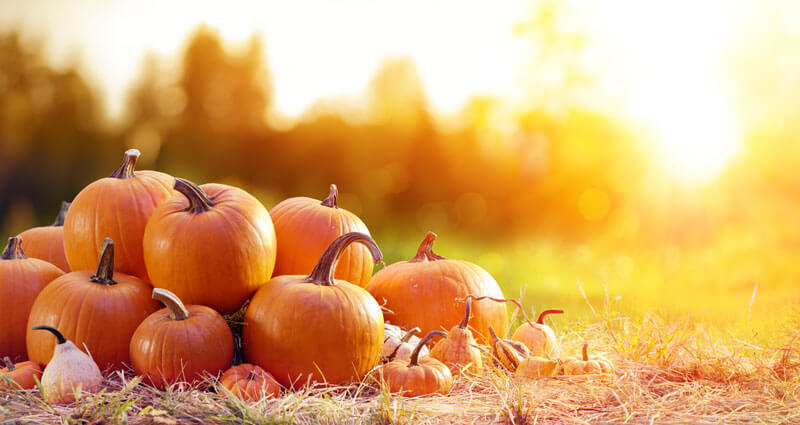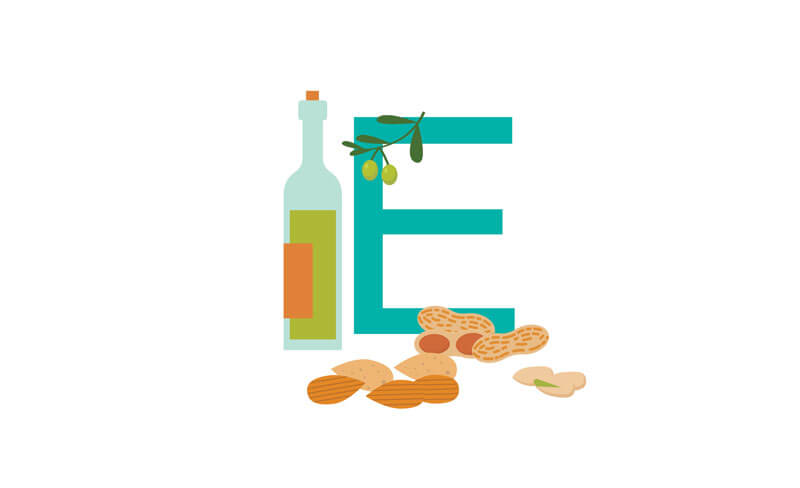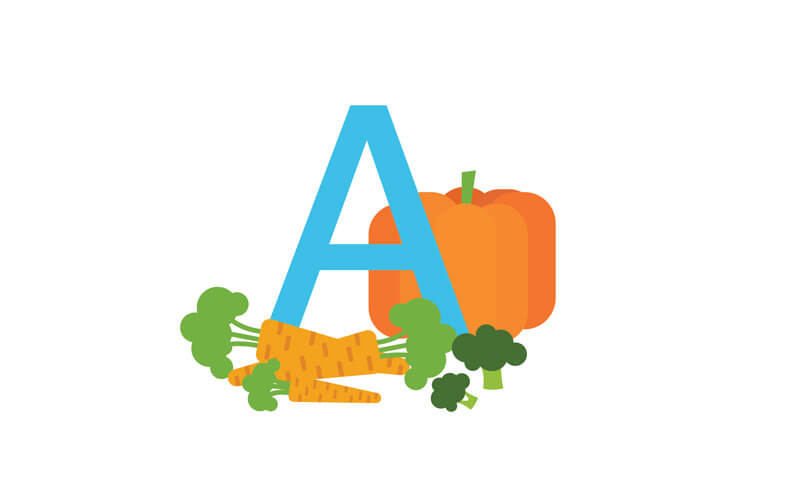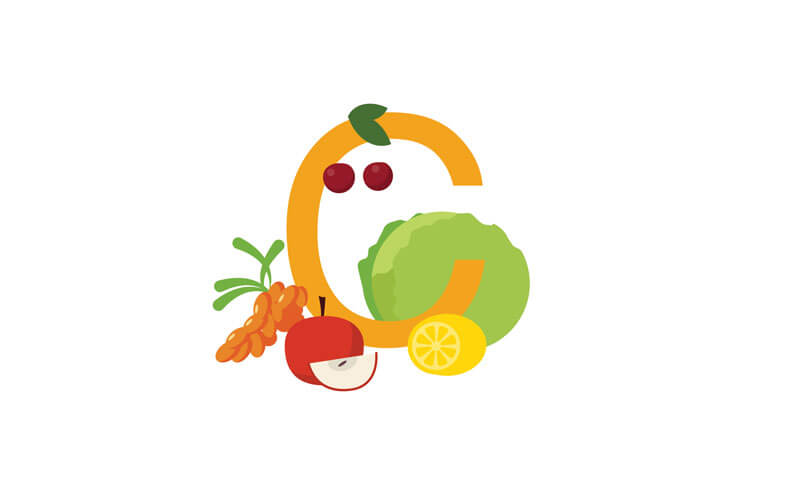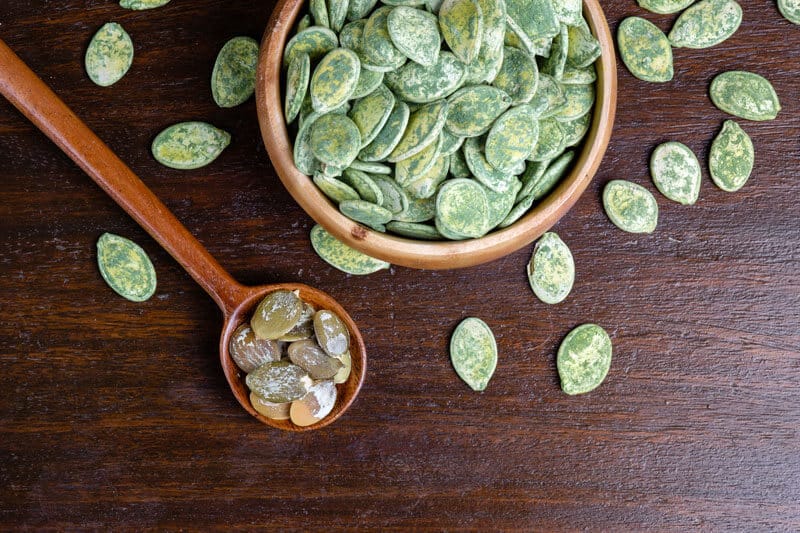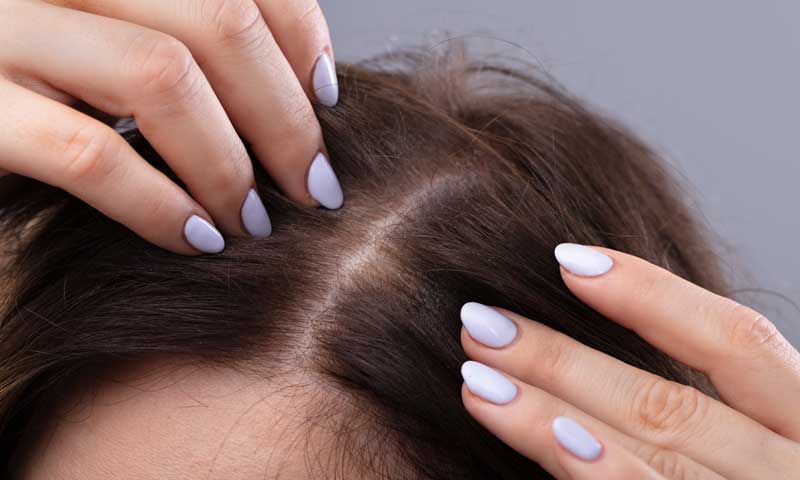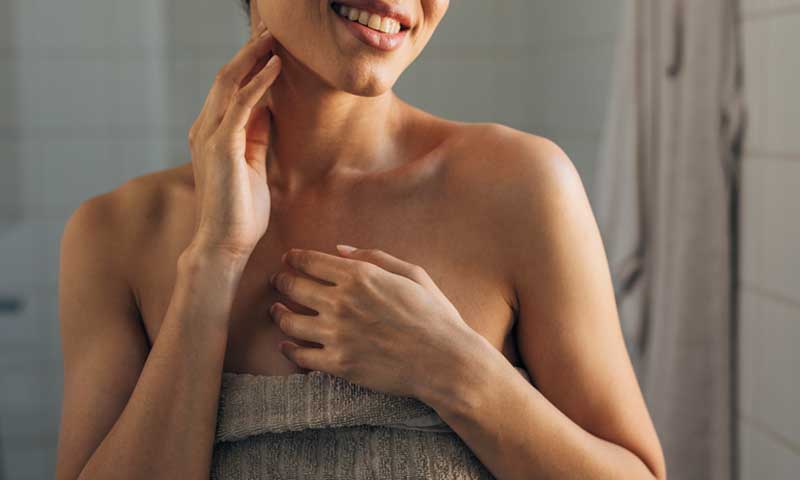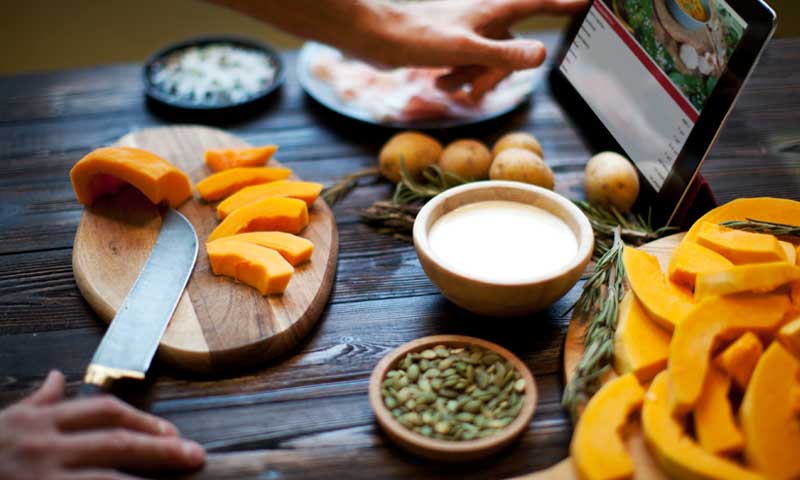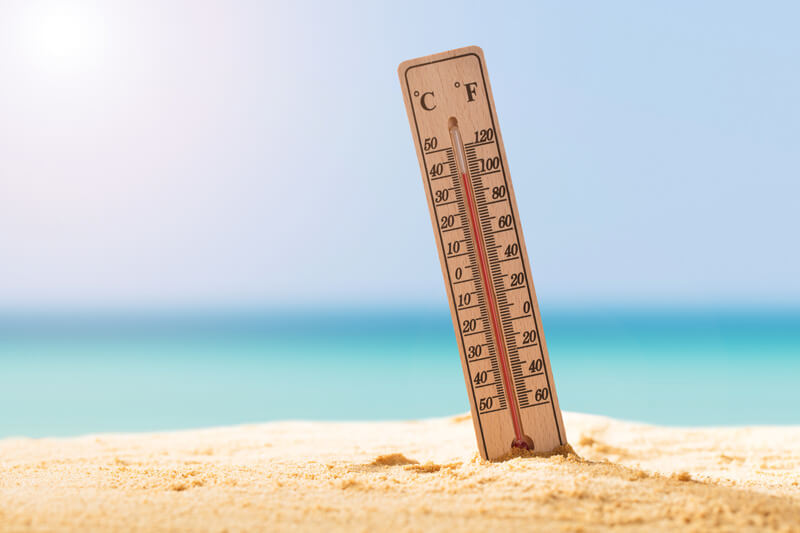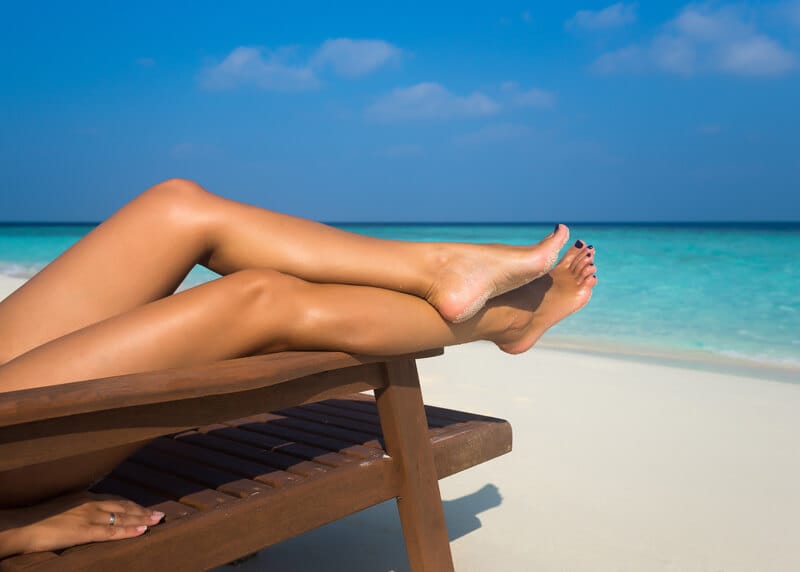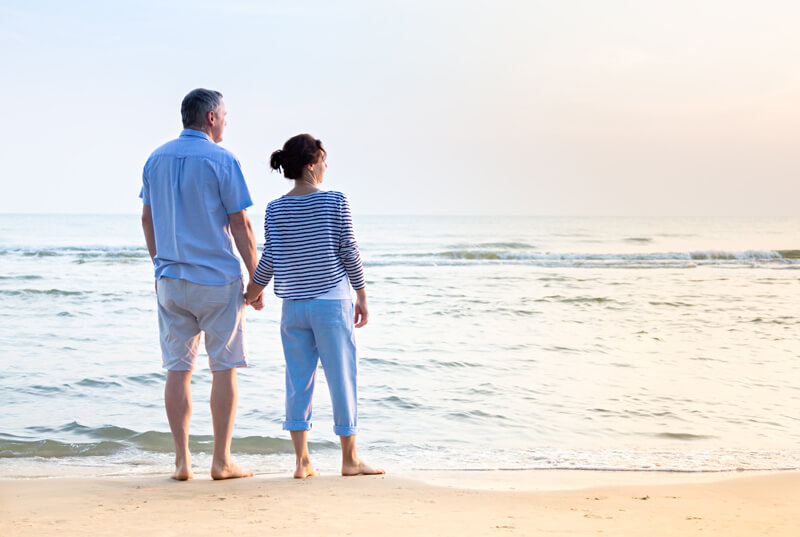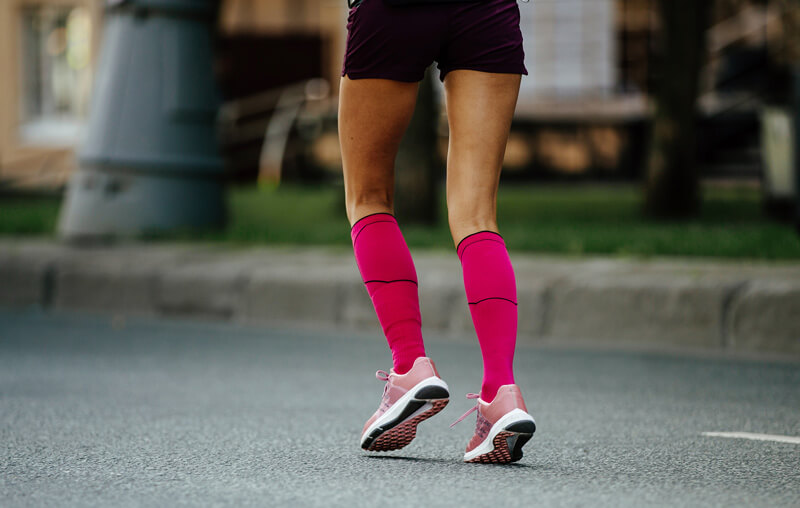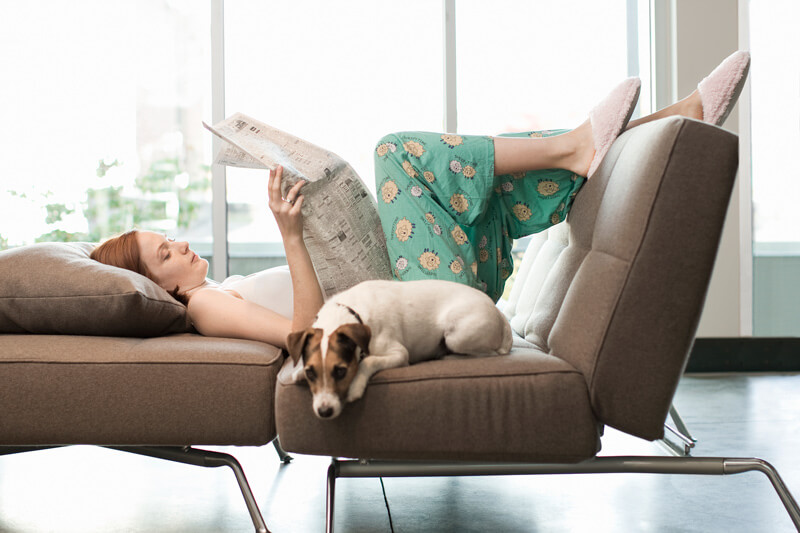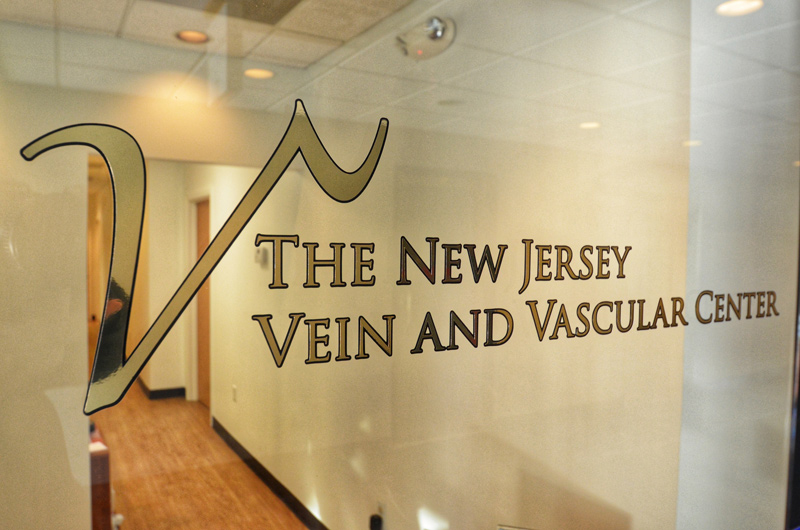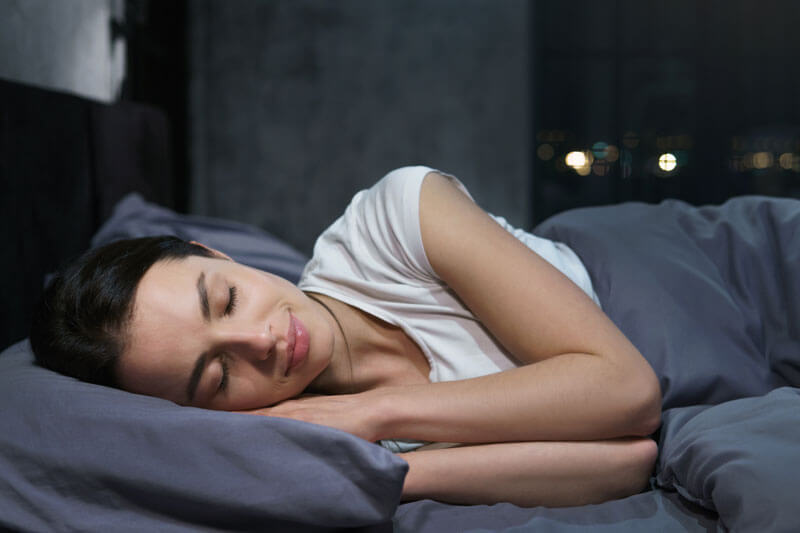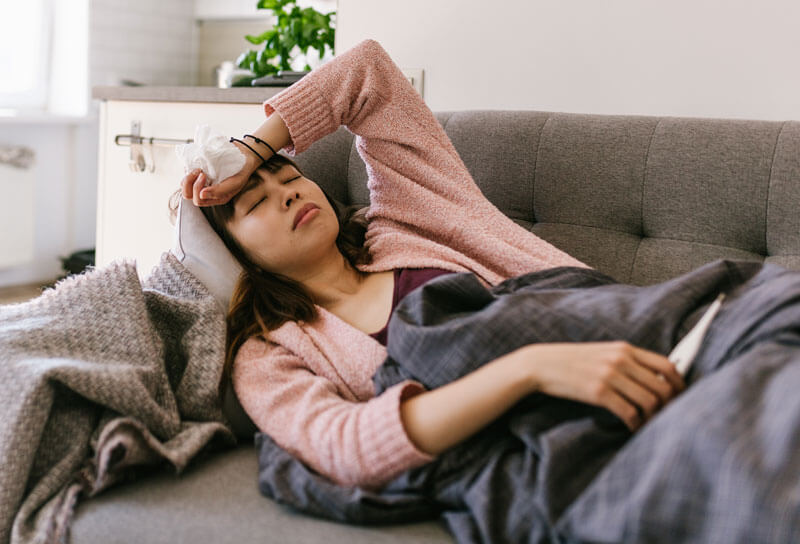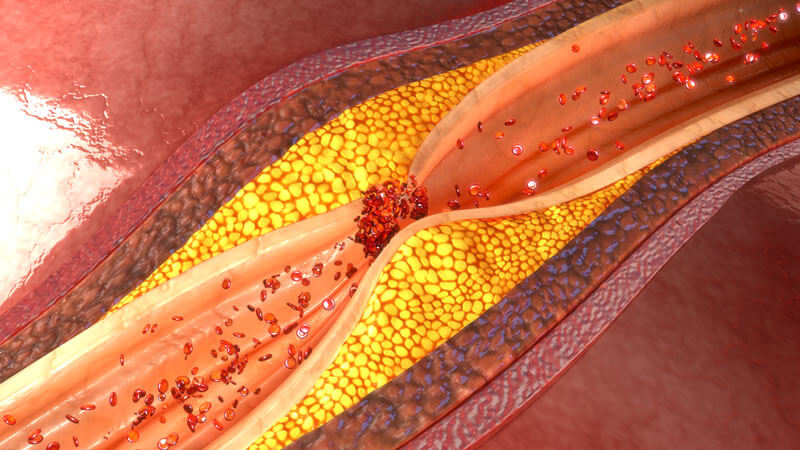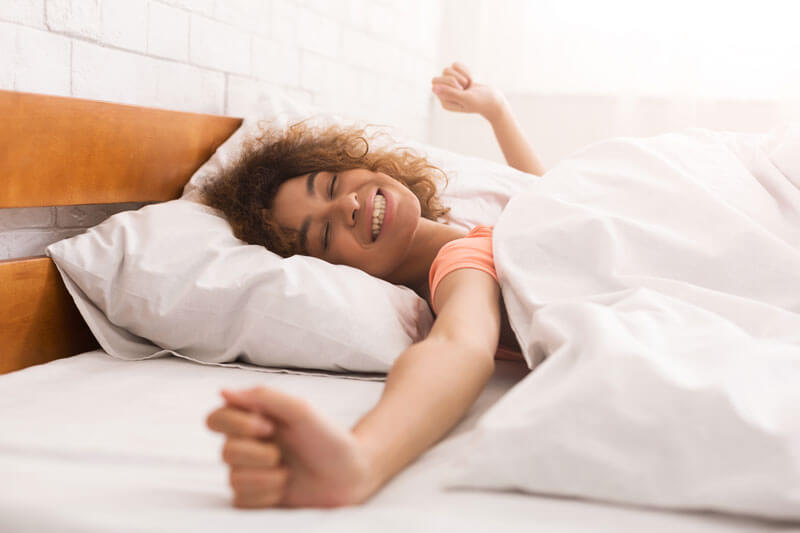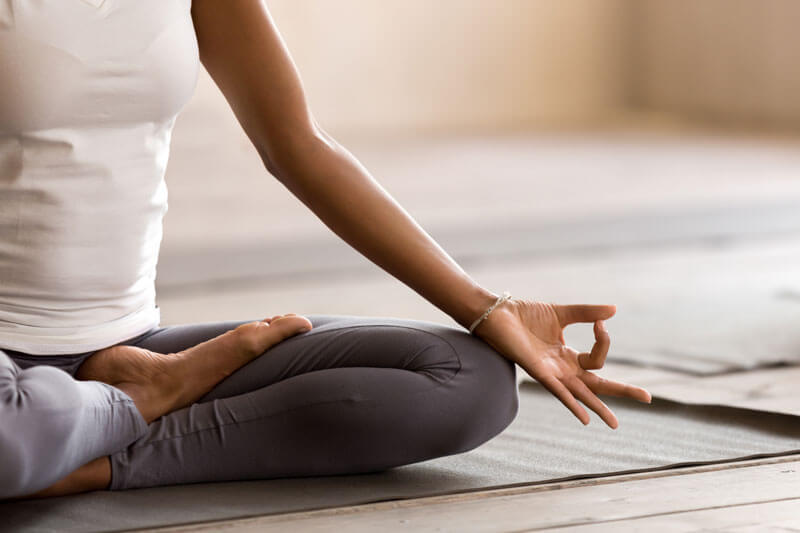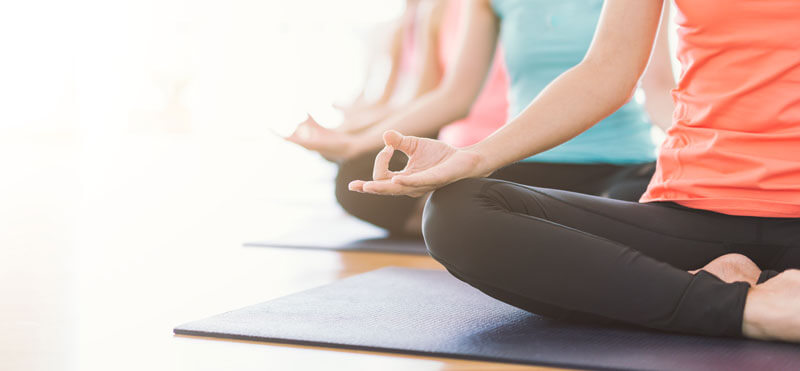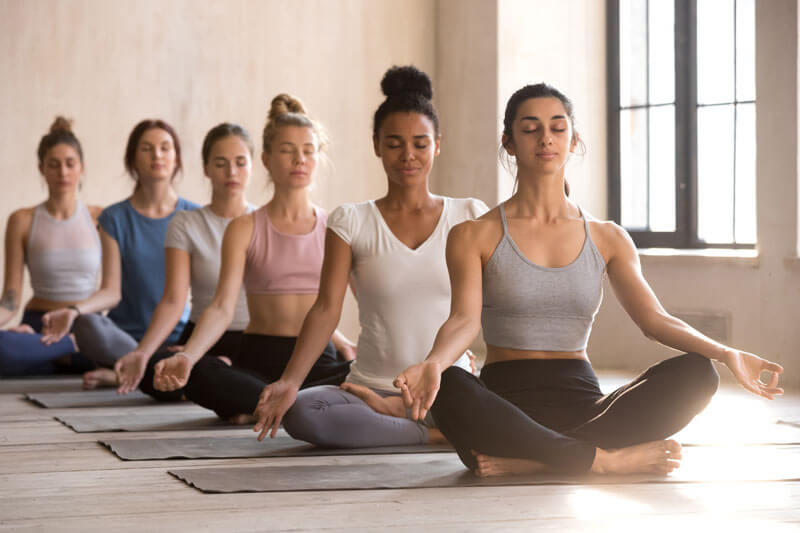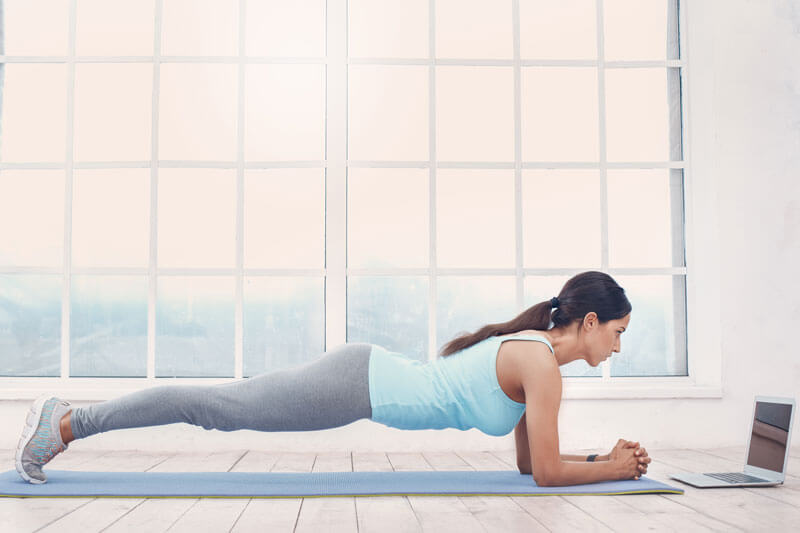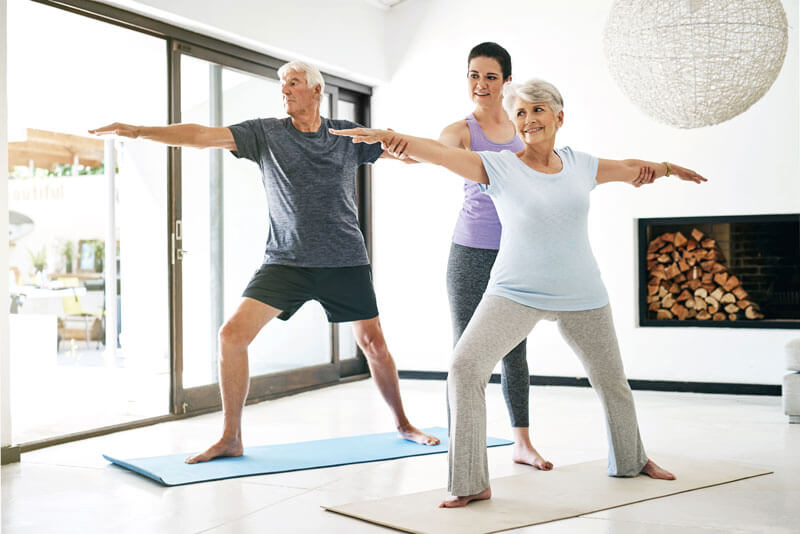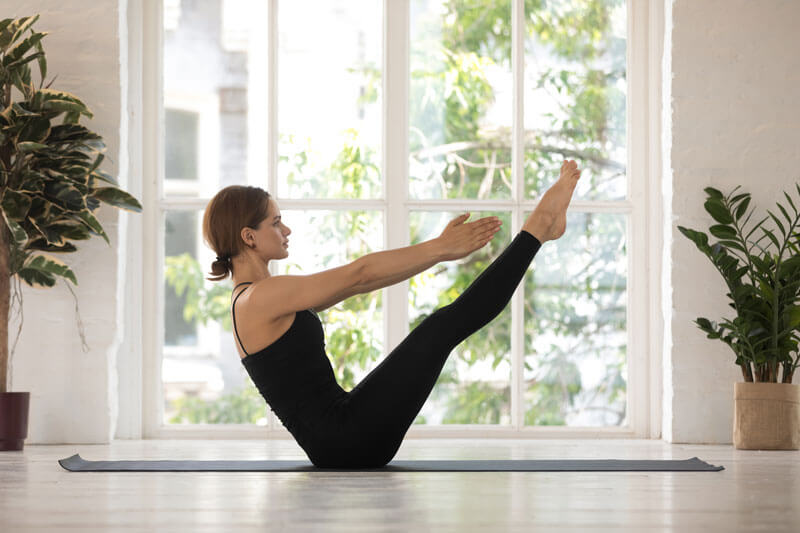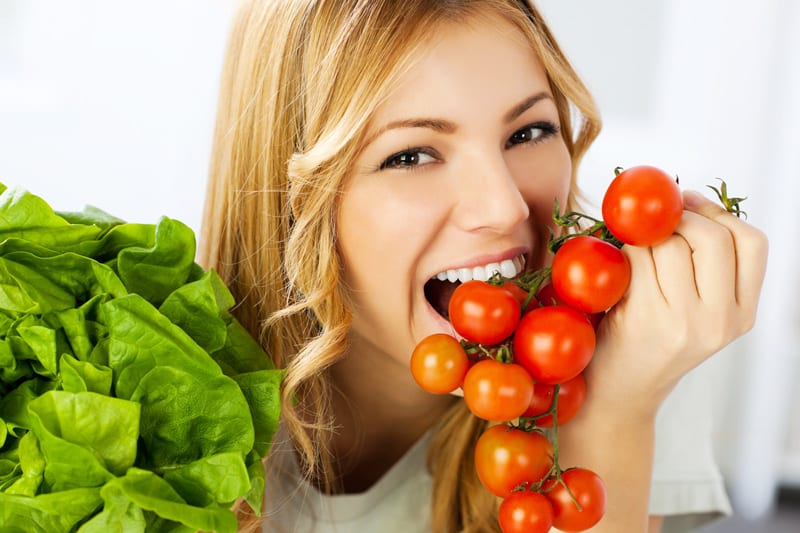
Vitamins for Healthy Skin
What we eat affects our skin’s appearance as much as the products we use regularly. Therefore, it’s important to make sure that you eat healthy foods that contain the following vitamins for healthy skin.
Vitamin D
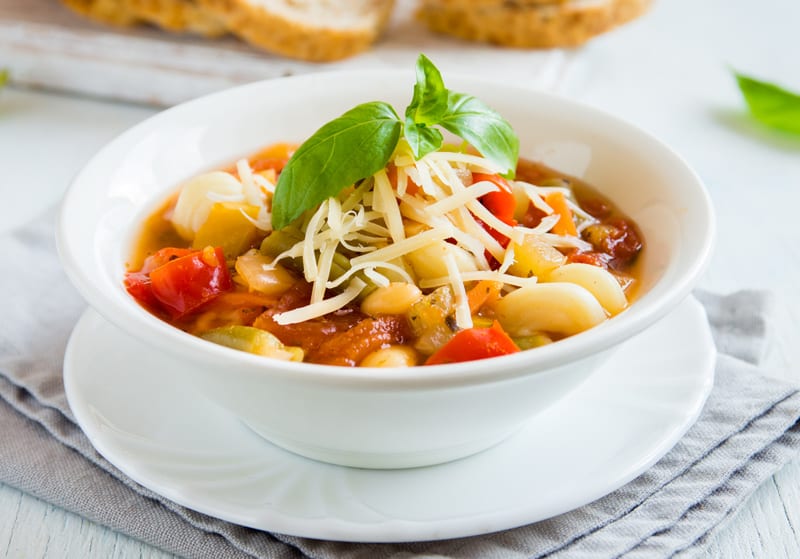
Most people think that you can only get vitamin D through sunlight. This is not true. There are plenty of other valuable sources. But, getting vitamin D from sunlight may be the easiest way since only 10 minutes of sun exposure a few times a week will produce all your body needs.
That said, it’s important that you protect your skin from harmful UV radiation even in the winter months. As an alternative, you can also increase your vitamin D intake by eating fatty fish, such as salmon, tuna, and cod. Or, choose fortified foods like breakfast cereals and orange juice. Here are a few more examples of foods rich in Vitamin D:
- White beans
- Soybeans
- Egg yolks
- Cheese
Biotin

Biotin is a B7 vitamin that plays an important role in the health of your skin and hair. It also helps to convert certain nutrients into energy. Biotin aids in metabolizing fat, which is essential for maintaining healthy skin.
We recommend that you include meaty foods that are rich in biotin, such as fish, pork, and beef. Other examples include:
- Seeds
- Nuts
- Raspberries
- Avocados
- Bananas
Vitamin C
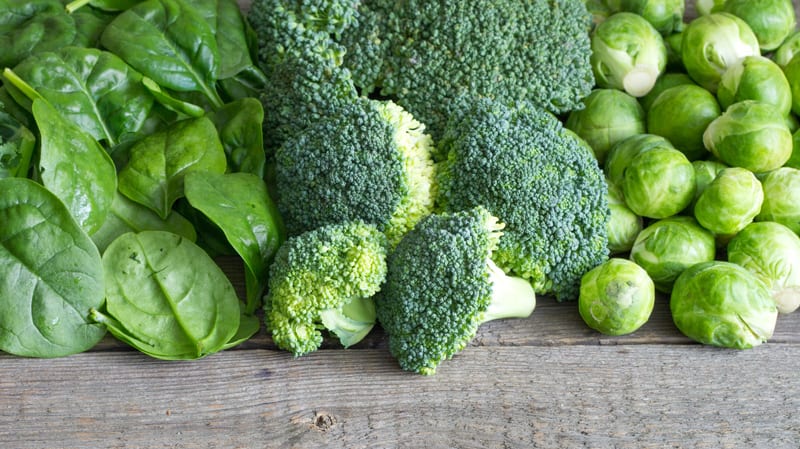
Vitamin C has important antioxidant properties and supports collagen production. As one of the most important vitamins for healthy skin, you’ll find it included in many anti-aging skin care products. To achieve the maximum benefits from vitamin C, it’s best to utilize a combination of skin care products rich in this powerful vitamin and to incorporate it into your diet.
We recommend that you include foods that are naturally high in vitamin C, such as citrus fruits and leafy greens. Some of the best options are:
- Spinach
- Broccoli
- Pineapples
- Strawberries
- Brussel sprouts
- Tomatoes
Vitamin B3

A strong form of Vitamin B3 is Niacinamide, which is an essential nutrient for skin health. Topical niacinamide is commonly used to treat acne conditions and eczema. Niacinamide also helps boost your skin’s production of keratin, a protein that keeps your skin firm and plump.
Ideal for oily skin types, this powerful nutrient regulates oil production while also minimizing the appearance of pores. There are many topical niacinamide products available, however certain foods have a high amount of Vitamin B3 as well:
- Spirulina
- Coffee
- Rice
- Peanuts
- Chia
- Eggs
- Beans
- Milk
Vitamin E
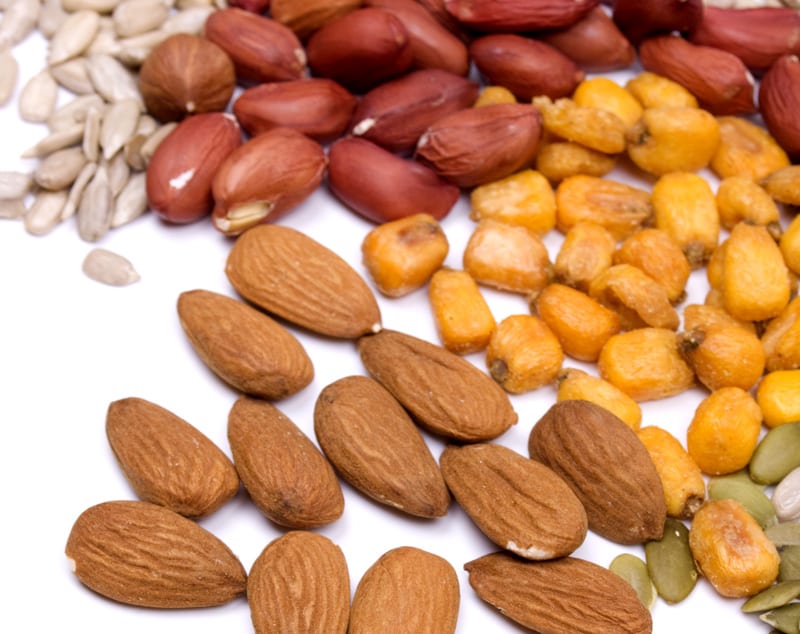
The purpose of vitamin E in skin health is to protect it against UV damage and maintaining proper levels of moisture. Ideally, your body will produce sufficient amounts of this antioxidant through sebum, an oily secretion from your glands.
But, when your skin becomes dry, the addition of vitamin E can help restore its moisture. Vitamin E can be applied topically, taken as a supplement or consumed in the form of nuts and seeds. Some of our favorite foods with vitamin E are:
- Sunflower seeds
- Peanuts
- Almonds
- Hazelnuts
- Corn
Flavonoids
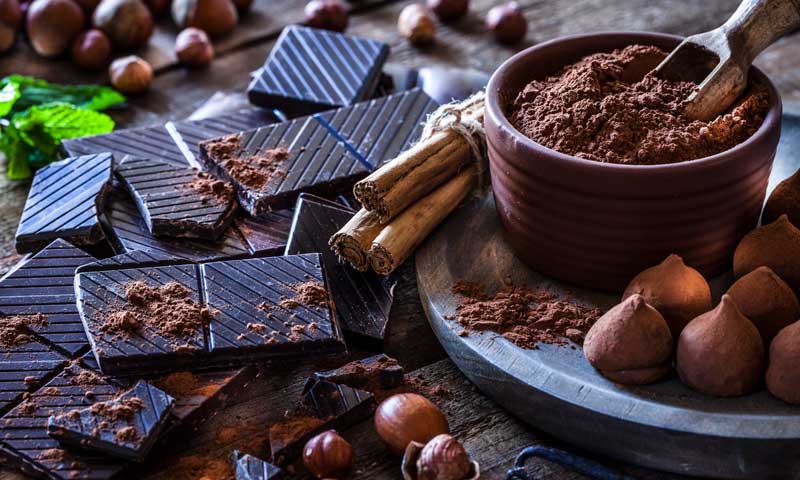
Flavonoids are plant compounds that are known for their antioxidant and anti-inflammatory properties. Dark chocolate is loaded with these powerful compounds, which makes it a popular skin mask if you wish to apply it instead of consuming it.
The best way to boost your diet with flavonoids is through a variety of fruits and vegetables. Many plant-based foods contain flavonoids such as:
- Dark chocolate
- Green tea
- Red wine
- Berries
Vitamin K
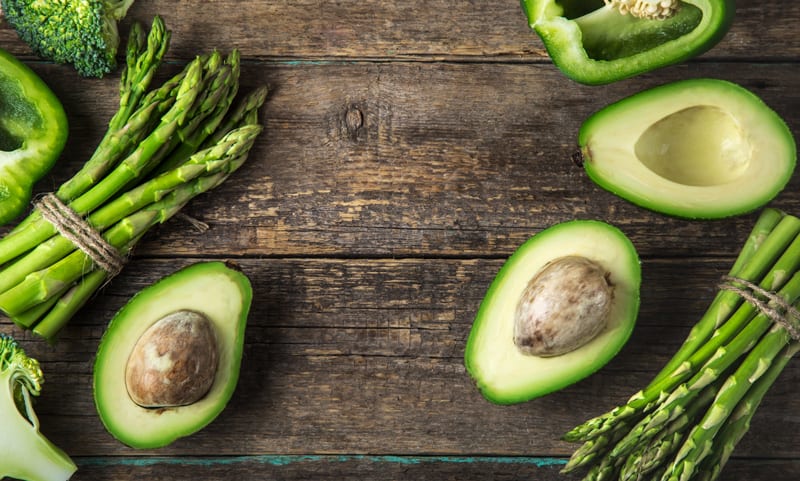
Vitamin K helps your body heal wounds and bruises and aids in your body’s natural process of blood clotting. Vitamin K is especially important for anyone who has spider veins or dark spots, as its ability to promote healthy blood circulation reduces the appearance of these symptoms.
Leafy and green vegetables are the best source of vitamin K, such as kale, spinach, and lettuce. Other options include:
- Edamame
- Asparagus
- Kiwi
- Avocados
Vitamin K2
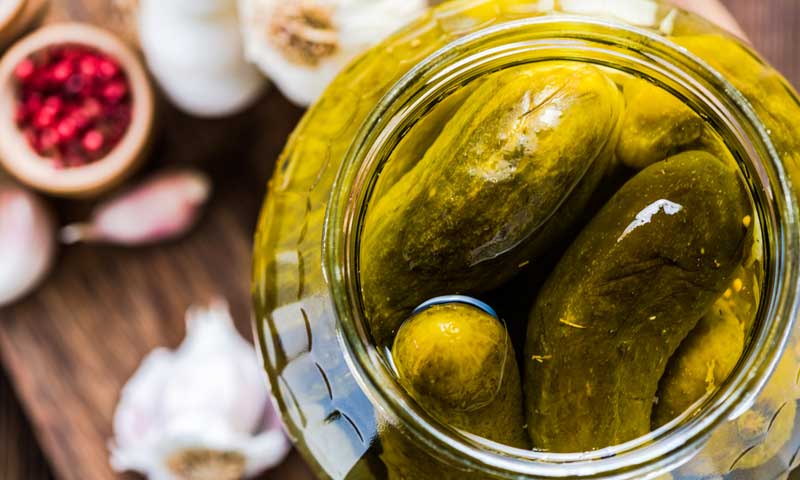
With its powerful amount of collagen, Vitamin K2 is known to smooth irritated skin as well as plump the skin to appear fuller. Vitamin K is also commonly used to combat acne scars, rosacea, and other skin conditions.
While Vitamin K1 is found in leafy greens and vegetables, Vitamin K2 is mostly found in meats and dairy.
- Turkey
- Beef liver
- Pickles
- Kimchi
- Sauerkraut
Coenzyme CoQ10

A naturally produced bodily enzyme, Coenzyme Q10 is a powerful antioxidant. CoQ10 is actually found in every cell of the human body. It’s extremely crucial for the production of new cells, making it a great addition to any anti-aging skincare routine.
Because it boosts the production of new cells, CoQ10 is often used to treat acne scars and can improve the appearance of fine lines and wrinkles. CoQ10 can be found in meat, various nuts, beans, and vegetables such as:
- Peanuts
- Soybeans
- Spinach
- Cauliflower
- Broccoli
- Oranges
- Pork
- Beef
Alpha Lipoic Acid (ALA)

ALA is a compound that comes straight from our mitochondria, otherwise known as the “powerhouse of the cell”. Our bodies naturally produce ALA, however, it’s often in small amounts.
Therefore, getting an extra boost in your diet is necessary for your skin. ALA is often used to combat dark spots, reverse sun damage, and even protect our skin from harmful pollutants.
ALA also has strong antioxidant properties, making it a great anti-aging aid. ALA can be naturally found in red meat and many vegetables such as:
- Yams
- Potatoes
- Beets
- Tomatoes
- Red meat
- Brussel sprouts
Conclusion
Vitamins from foods and supplements support the health and appearance of your skin from the inside out. The right skin care routine with nutrient rich products will help to create a beautiful look from the outside in. Utilize a combination of both the important vitamins for healthy skin and good skincare products to achieve the best results.
Editor’s Note: This blog was updated in May 2024

